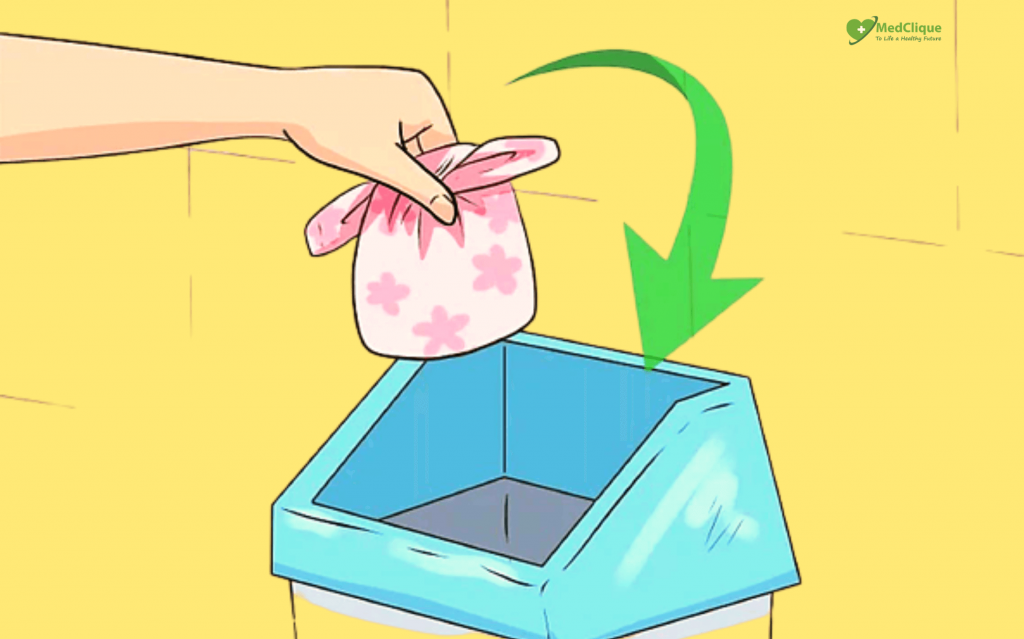It is no more a hidden secret of how menstrual periods look and what women use to manage them. Because soiled sanitary pads on roadsides, on the garbage pile, in overflowing bins, and in sewers is very common today.
We put efforts to ward them off of a public embarrassment and worsening health due to the use of dirty straps of clothes and their other traditional practices. But provided alternatives shoed not only women but the environment at risk.
According to a survey, around 1 billion non-compostable sanitary pads are being thrown in urban sewers, landfills, rural fields, and water bodies in India every month. It creates 113,000 tons of non-biodegradable menstrual waste annually.
Menstrual Periods were there since our origin and women have been managing them with all she had to cope up with her inconvenient days of a month. Never mind, her lack of awareness, conservative outlook, a dearth of facilities, and whatsoever were the causes poked her into other health issues.
But non-biodegradable alternative available nowadays is no less than that. Therefore, not merely choosing a right but decomposing it in the right way is also important.
Why does it take independent attention of disposal?
The material used in Feminine hygiene products such as sanitary pads, tampons, and panty-liners is often a mixture of cotton and rayon, plastic polymers, bleached wood pulp, and super-absorbent gel (polyacrylate).
These products contain a highly absorbent material, Infinicel, which can hold up to 10 times its weight. Also, it contains the equivalent of about four plastics.
Organic material contains toxic ‘dioxins’, which is infamous for its many health-threatening problems like abnormal tissue growth in the abdomen and reproductive organs, hormonal disruption, abnormal cell growth, and other relative issues.
Sanitary napkins are damaging environmental resources at the triggering rate. Toxic elements used in the production of sanitary napkins are carcinogenic and can expose to air.
This type of waste stuck in the sewers and inhibits the water flow. Which later gives birth to many diseases.
It takes hundreds of years to decompose and many such drawbacks of non-biodegradable and commercial sanitary napkins the same as of ‘plastic’.
How should one dispose of sanitary pads?
First of all, women should use biodegradable sanitary napkins which are readily available in the market nowadays. The components used in these sanitary pads are made up of sustainable and environment-friendly materials such as cotton, banana fiber, and clothes.
Next is to get rid of them in a clean and thoughtful way. After use wrap a few layers of newspaper or toilet paper around the pad. Discard them in a secure garbage bin so that pets cannot dig them off. Because it may result in embarrassment as well as the foul smell.
Do not mix used sanitary napkins with other wet garbage.
Wash your hands properly after disposing of it and collect garbage to rag pickers once in two days. It will prevent to develop an unpleasant odor.
Keynote
Initiatives have been taken for plastic use and disposal, although, we need to pay attention to sanitary napkins disposal. It would prove equally or even more hazardous to health and the environment.
To women, it is a benison you have, not a matter of denunciation. Do not feel shrouded in secrecy rather decompose your trash with the sense of obligation.
Also, you must know The medical aspects of using sanitary napkins
